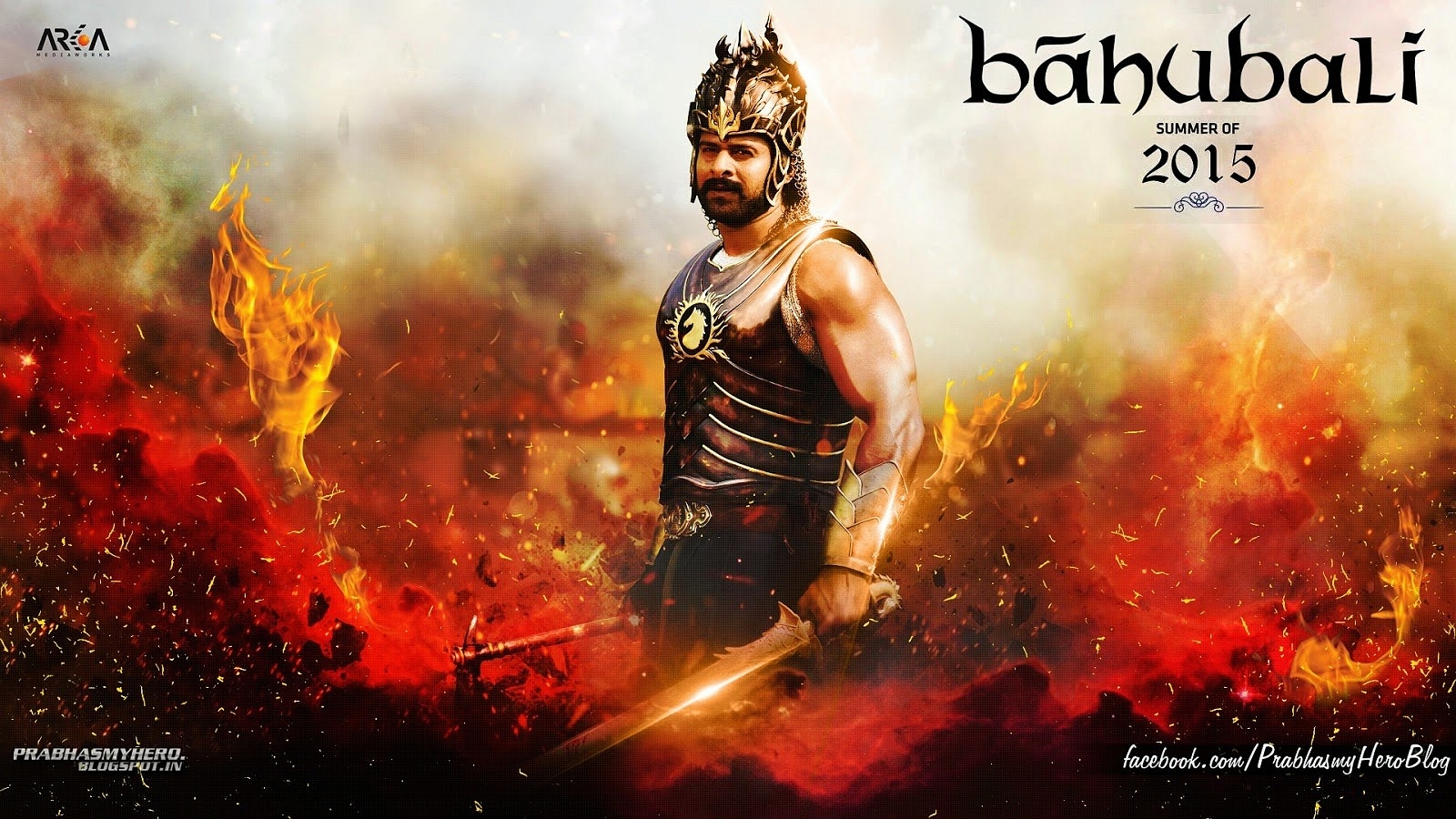Culture
Baahubali - Rajamouli's Triumph

Rajamouli, the director of Baahubali is first a savvy storyteller and only then a director who is at ease with CGI. His old-fashioned stubbornness to get the story and characters right has stood him in good stead.
When he is not busy making movies, S S Rajamouli can be found cheerleading fellow filmmakers who invest their stock in advancing movies beyond the confines of the ordinary. At Kochadaiyaan’s Telugu promo event, Rajamouli was seen speaking his heart out like a true fan of cinema. He showered superlatives upon Soundarya Rajnikanth’s effort at resurrecting Tamil superstar Rajnikanth’s younger self, digitally.
“It took me six months to create a simple fly (for ‘Eega’), but Soundarya has done a feature length animated film (‘Kochadaiyaan’) in just two years. I’m amazed at what she’s achieved with Kochadaiyaan” (I’m paraphrasing here), he praised the young filmmaker. Rajamouli’s demeanour on that platform demonstrated that he is a filmmaker who is always hungry for more. He has an insatiable ambition that leaves no place for past trophies in his head.
“Baahubali – The Beginning”, the first of the two-part fantasy historical epic is first a conquest of sorts, then a film. It is a conquest of the rage to tame CGI (Computer Generated Imagery) for an Indian audience. Repeated attempts to surmount that challenge have either had limited success or have let fans down.
A novice sees CGI as a means to simply multiply hordes and whip up imagined universes. Rajamouli, though, understands that CGI is but a very small step to a larger goal. His experiments, in deliberate increments, with Magadheera (2010) and Eega (2012), bring us a seamless experience with Baahubali. He is first a savvy storyteller and only then a director who is at ease with CGI. Unlike many contemporary Indian directors his old-fashioned stubbornness to get the story and characters right has stood him in good stead.
Rajamouli’s script also exemplifies the oft-repeated adage – it does not matter where you borrow from, but how you use them is what matters. Action sequences are aesthetically recreated from the ‘Lord of the Rings’ trilogy and some twists rehashed from ‘Game of Thrones’. The characters however have an unwavering likeness to principals from the Ramayana and the Mahabharata. His works have always borne a stamp of emotional depth that resonates right through an Indian consciousness, filled with values grounded in unconditional love, bonds of blood and personal sacrifices. In a skillful blend, CGI is only used as an ornamental yet essential facade to a well-defined core, fueled by elements of what makes an Indian epic tick.
Indian epics have been incubating in our collective minds over hundreds of years. Thanks to many oral traditions, the delivery of the content has reached a certain saturation point; the visual renditions, often stifled by the limitations of small screens, have been confined to a singular imagination. Baahubali gets the balance of visual grandeur and content bang on – with a few allowances for compromises in the earlier parts..
Banking heavily on Indian folklores and legends, Bahubali weaves a proxy epic. Impressions of Dhritarashtra, Pandu, Karna, Devaki, Yashoda, Sakuni or Krishna may reside on the back of your hand, but characters based on them in Baahubali come off exotic and foreign. Rajamouli is used to doing this. His earlier work ‘Mariadha Ramanna’ inspired right out of Buster Keaton’s “Our Hospitality” can hardly be traced back to its original because Rajamouli adds layers and flavour that find currency with Indian sensibilities.
Given what he has achieved with the first installment of Baahubali (and the likely fortune that it will rake in for its makers) the next part could only advance Indian movies in one direction.
Introducing ElectionsHQ + 50 Ground Reports Project
The 2024 elections might seem easy to guess, but there are some important questions that shouldn't be missed.
Do freebies still sway voters? Do people prioritise infrastructure when voting? How will Punjab vote?
The answers to these questions provide great insights into where we, as a country, are headed in the years to come.
Swarajya is starting a project with an aim to do 50 solid ground stories and a smart commentary service on WhatsApp, a one-of-a-kind. We'd love your support during this election season.
Click below to contribute.
Latest